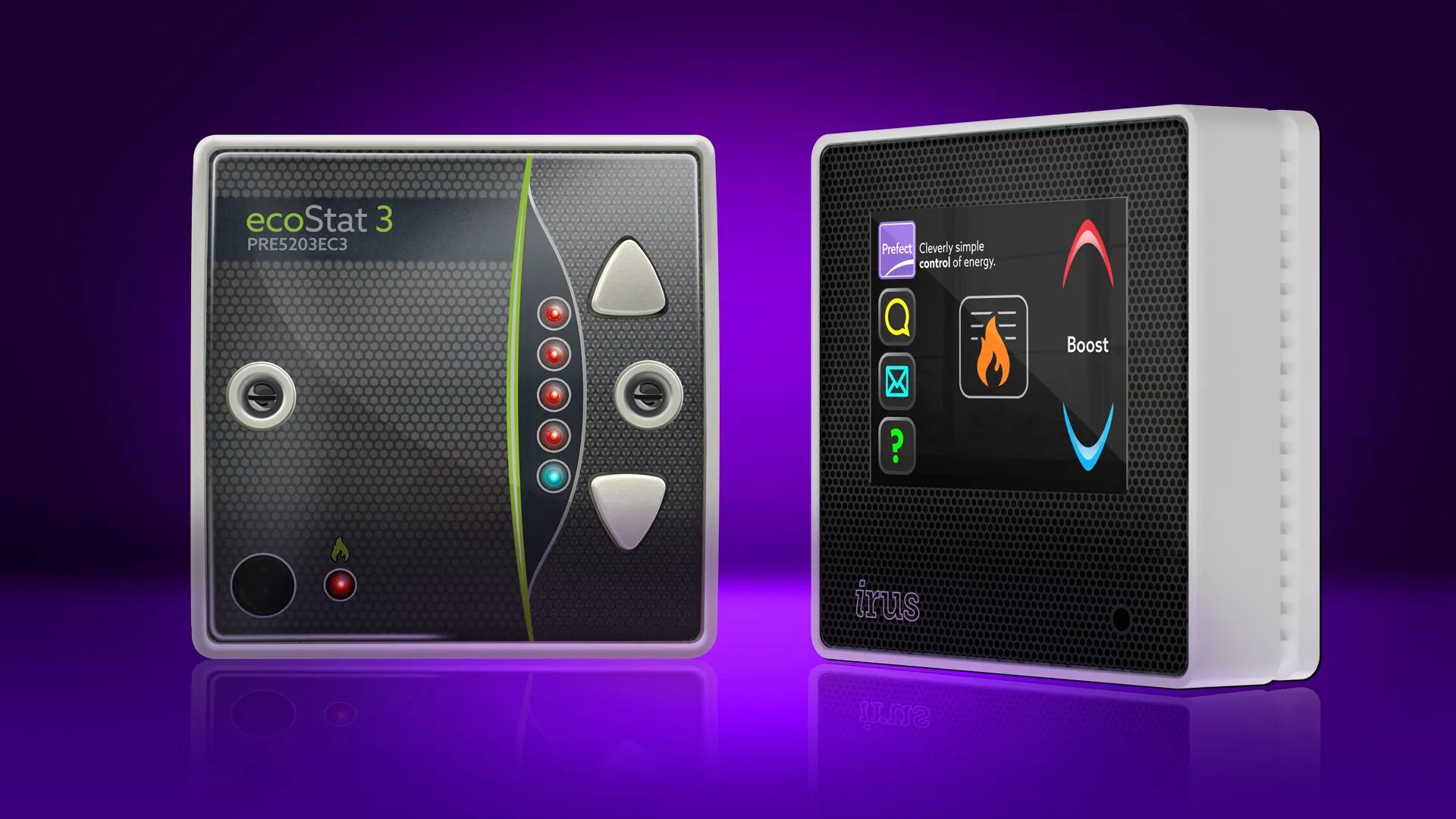As technology continues to transform our daily lives, even the simple act of keeping warm has become more efficient, intelligent, and environmentally responsible. Gone are the days of constantly adjusting heater knobs or worrying about rooms becoming too hot or too cold. The modern automatic temperature control room heating system offers a new level of convenience, combining advanced engineering with comfort and energy efficiency.
These innovative heating systems are designed to maintain the perfect indoor temperature automatically, providing consistent warmth while minimising energy waste. Whether for homes, offices, or small commercial spaces, they are quickly becoming an essential part of modern living.
The Concept of Automatic Temperature Control
An automatic temperature control room heating system works on a simple but effective principle: it monitors the ambient temperature and adjusts its output accordingly. Using thermostats or temperature sensors, the system measures the current room temperature and compares it with the desired setting. When the temperature drops below the target, the heater activates to generate heat. Once the set temperature is reached, it automatically reduces or stops energy input.
This self-regulating system ensures that the environment remains consistently comfortable without the need for manual intervention. The result is not only greater convenience but also improved energy efficiency, as the heater operates only when necessary.
Precision, Comfort, and Efficiency
One of the most appealing features of automatic temperature control systems is their precision. Traditional heaters often produce uneven temperatures—too warm near the unit and too cool elsewhere. With modern automatic control, heat is distributed more evenly throughout the room, maintaining a balanced and pleasant climate.
This consistent warmth is especially valuable during cold winters, where temperature fluctuations can affect both comfort and health. Maintaining a stable indoor temperature can help prevent colds, fatigue, and even issues such as condensation or dampness.
From an energy perspective, automatic control significantly reduces waste. By ensuring that the heater operates only when required, energy consumption is optimised. This not only lowers energy bills but also contributes to reducing a buildings carbon footprint—a win for both comfort and sustainability.

Intelligent Features for Modern Living
Today’s automatic temperature control systems often come equipped with smart features that further enhance their usability. Many models allow managers to set programmable temperature schedules, ensuring the heater automatically adjusts depending on occupancy and environmental conditions. For instance, it maintains a cosy warmth while people are in the room, while reducing output when the room is unoccupied, or windows are open.
Some systems can even learn from user behaviour, adjusting themselves over time to suit personal preferences.
Safety features have also seen major advancements. Overheat protection, automatic shut-off mechanisms, and tamper-proof functions ensure peace of mind, particularly in multi-occupancy accommodation where the room occupant isn’t paying the energy bill. These features make automatic heaters a safe and reliable choice for any environment.
The Role of Design and Aesthetics
Modern heating technology is not just about performance—it is also about design. Manufacturers have recognised that heaters are part of the living space and should complement contemporary interiors. As a result, today’s automatic temperature control heaters come in sleek, minimalist designs with clean lines and compact profiles.
Many models are wall-mounted, offering flexibility in placement. Quiet operation is another key consideration; advanced heating elements and efficient fans ensure that the system runs smoothly with minimal noise, maintaining a calm and relaxing atmosphere.
Environmental and Economic Benefits
With rising awareness about energy conservation and environmental responsibility, automatic temperature control room heaters are a timely innovation. By regulating energy use intelligently, they help reduce unnecessary power consumption, which translates into both cost savings and a smaller environmental impact.
Advanced heaters are designed to further optimise energy usage. These settings ensure the heater operates efficiently while maintaining comfort, making it a practical choice for energy managers aiming to reduce their carbon emissions without compromising warmth.
Moreover, their long lifespan and low maintenance requirements make them a cost-effective investment. While the initial purchase price may be higher than that of a conventional heater, the long-term savings in energy costs and improved durability often outweigh the difference.
Choosing the Right Heater
Selecting the right automatic temperature control heater depends on several factors, including room size, insulation, and heating needs. For small to medium-sized rooms, compact units are ideal. Larger spaces may benefit from more powerful heaters or more units.
Regardless of the model, ensuring the heater has robust safety certifications and an efficient energy rating is essential for both performance and reliability.
Conclusion
Automatic temperature control room heating systems represent the evolution of heating technology—combining comfort, intelligence, and sustainability in one refined package. It removes the hassle of constant adjustments, ensures consistent warmth, and helps reduce energy consumption, all while adapting to modern lifestyles.
As winters grow colder and energy awareness becomes more important than ever, these heaters offer a smart solution for anyone seeking both comfort and practicality. They embody the future of heating—efficient, elegant, and effortless.
With an automatic temperature control room heating system, you no longer chase comfort; it comes to you, quietly and precisely, ensuring every moment indoors feels just right.
